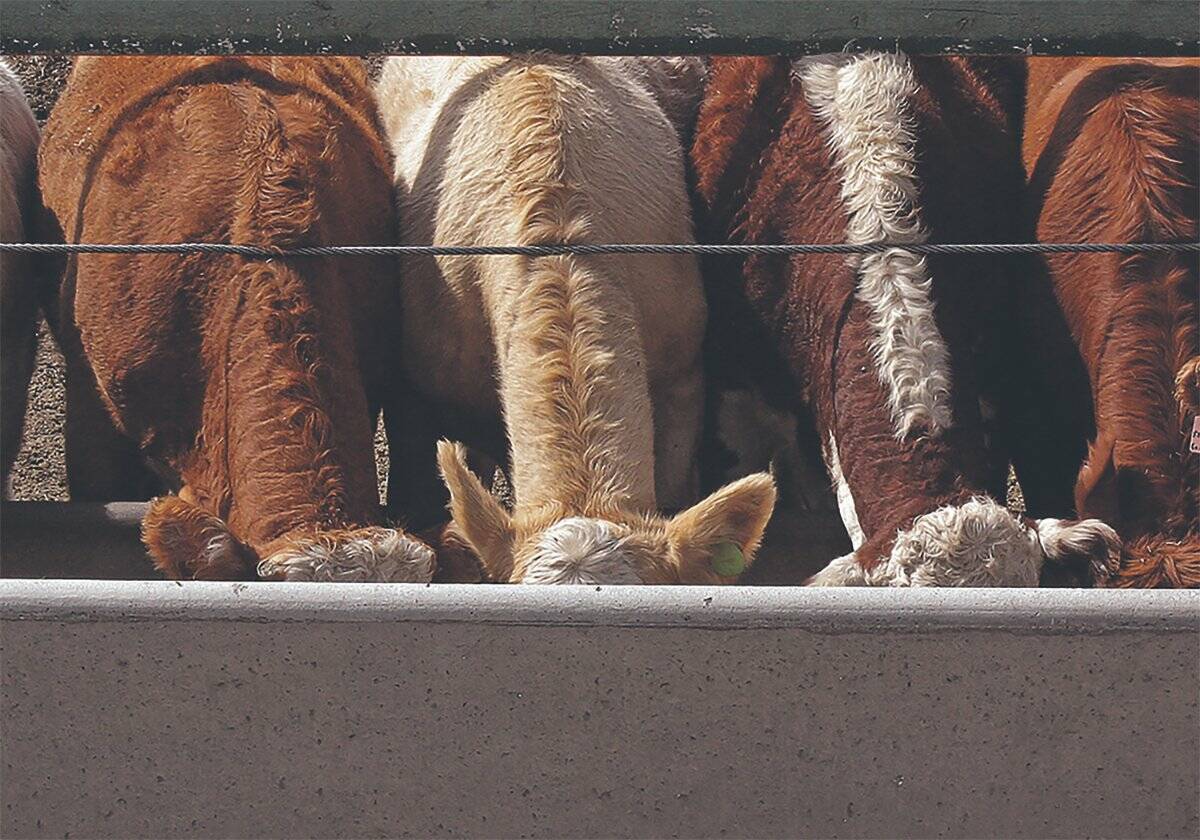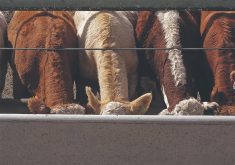By Theopolis Waters
CHICAGO, Oct 23 (Reuters) – The number of cattle placed in U.S. feedlots in September was the fewest since the U.S. Department of Agriculture began compiling the data in 1996.
The drop was expected and the report will likely have little effect on the futures market.
Placements were down four percent from last year, at 1.93 million, nearly in line with analysts’ forecasts for 1.92 million.
Falling prices for heavyweight slaughter cattle eroded profits for feedlots.
“Placements were a bit higher than I had expected, which probably reflects the heavyweight cattle and the number of them available to get placed on feed,” said University of Missouri Ron Plain.
Read Also

U.S. livestock: Cattle fall sharply as Trump says he’s working to lower beef costs
Chicago cattle futures fell sharply on Friday after U.S. President Donald Trump said his administration was working to lower the…
The USDA put the feedlot cattle supply as of Oct. 1 at 10.218 million head, up two percent from 9.985 million a year ago. Analysts, on average, had forecast a 2.1 percent rise.
The USDA said the number of cattle sold to packers, or marketings, was down two percent in September from a year ago, at 1.642 million head.
Analysts projected a 2.5 percent drop from 9.985 million last year.
Feedlots fed cattle to record heavy weights, taking advantage of cheaper feed and healthy pastures.
The industry is still slaughtering fewer cattle than the number of animals on feed, suggesting that packers last month had difficulty coping with the backlog of heavy animals, said analysts.
Jessica Sampson, an economist with the Colorado-based-Livestock Marketing Information Center, said on-feed inventories continued to outpace last year’s levels, but declined slightly from a month ago.
“That tells us that we’re starting to work through the heavier-weight cattle, but we still haven’t made a lot of headway,” Sampson said.
USDA’s report included quarterly Cattle-On-Feed data that showed feedlot supply of steers up 7.4 percent and heifers down seven percent, reflecting heifers are being retained to rebuild the U.S. herd after several years of drought.
Because the the report came in close to expectations, cattle futures traders will likely keep their attentions focused on cash slaughter cattle and wholesale beef prices.













